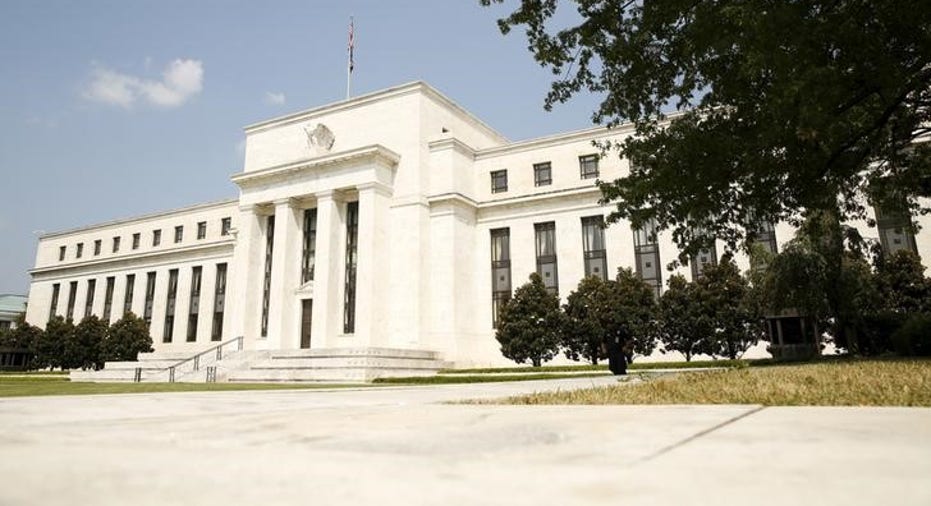Fed outlines plan to slim down $4.5T balance sheet

Members of the Federal Reserve’s policy-setting committee have a plan to reduce its $4.5 trillion balance sheet.
Nearly all policy makers were in favor of a process that would outline gradually-increasing limits on the central bank’s Treasury and agency securities that would run off the balance sheet each month, minutes from the Federal Open Market Committee’s two-day meeting held earlier this month showed.
Under the proposal, as those caps increase, reinvestments in securities would decline. Initially, Fed members agreed caps would be low and raised every three months over a set time horizon until they reach their fully phased-in levels, at which point the caps would be maintained until the size of the balance sheet reached “normal” levels.
As long as the economy’s momentum is sustained and the Fed continues on its path to normalizing interest-rate policy, FOMC members said they likely anticipate trimming the central bank’s balance sheet this year.
“The unwind in the Federal Reserve’s balance sheet holds Chair Yellen’s signature gradual approach,” said Quicy Krosby, chief market strategist at Prudential Financial. “She will not allow a quick unwind, nor anything that surprises markets.”
Up until this point, the Fed has maintained the size of its balance sheet by purchasing new bonds when old ones mature. Much of the assets were a product of a monthly bond-buying program enacted in the wake of the 2008 financial crises called quantitative easing (QE), which was intended to help jump start the ailing economy. Since then, the U.S. economy has made marked improvements as the unemployment rate holds below 5%, inflation has moved within striking distance of the central bank’s 2% target, and consumers remain optimistic and spending at a robust rate.
Policymakers noted that the United States’ lackluster first-quarter annualized growth rate of 0.7% -- the slowest in three years – was likely temporary and expected that economic activity would expand at a moderate pace. Some members also noted the global-growth picture brightened and downside risks from abroad has lessened, though they expect inflation to continue to run “marginally” below target. What’s more, as the labor market has continued to strengthen, FOMC participants see a rebound in consumer spending in the coming months.
“It was noted that much of the recent slowing likely reflected transitory factors such as low consumer spending for energy services induced by an unusually milkd winter and a decline in motor vehicle sales from an unsustainably high fourth-quarter pace,” minutes from the May meeting read.
At the conclusion of the May meeting, policymakers held the benchmark federal funds rate steady at between 0.75% and 1%, as expected. The CBOE’s federal funds futures, which express market expectations for changes in monetary policy, showed odds of a quarter-point rate increase at the June 13-14 meeting at 83.1%.
FOMC members reiterated that they will continue to monitor incoming economic data before voting to move rates higher.



















